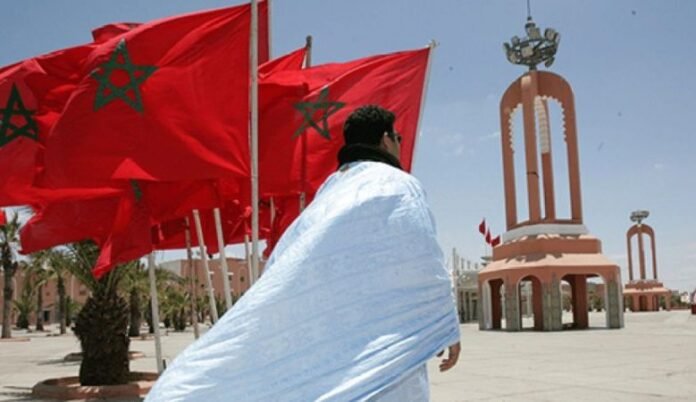Sahrawis for Peace: A Third Path to Peace or an Attempt to Resolve the Sahara Crisis?
The developments surrounding the Moroccan Sahara dossier continue to influence the international scene as the movement “Sahrawis for Peace” renews its call for an immediate and unconditional ceasefire by the Polisario Front. The movement emphasizes the need for an inclusive and responsible dialogue, bringing together all Sahrawi components, including tribal leaders and civil society, to find a way out of the crisis that has persisted for decades.
Political Analysis: A New Role for Sahrawi Actors?
The movement’s call comes at a troubled political moment, just days after the publication of the report by UN Secretary-General António Guterres, which highlights the urgency of finding a political solution to the conflict, with the participation of all concerned parties. The call from “Sahrawis for Peace” reflects the challenges faced by the Polisario Front as its internal situation deteriorates. The movement seeks to offer an alternative to the violence that has become the main strategy of the separatist Front.
As international pressure on the Polisario increases, particularly in light of rising human rights violations in the Tindouf camps and deteriorating living conditions, it seems the time has come to rethink current strategies and seek solutions that ensure stability and development for the Sahrawis.
International Dimension: The United States and Europe at the Heart of the Conflict
The “Sahrawis for Peace” movement believes that resolving the conflict will not be possible without the intervention of the United States, underscoring Washington’s central role in international conflicts. At the same time, attention is turning to Europe, where France recently took a decisive step by officially recognizing the Moroccan autonomy initiative as the only realistic solution to the conflict, thereby weakening the Polisario’s position and further isolating the Front.
This shift in Europe’s stance, which could serve as a model for other countries, opens the door to a historic opportunity for peace in the region, but also complicates the situation, forcing Sahrawi actors to adapt to a new reality that is asserting itself on the international stage.
Humanitarian Challenges: Tindouf Between Crisis and Opportunity
In light of Guterres’ report, the humanitarian situation in the Tindouf camps appears as an open wound that continues to bleed. With the ongoing deterioration of living conditions and increasing violations, the Sahrawis in the camps face an uncertain future. And with international funding for humanitarian aid on the decline, concerns are mounting about a worsening situation, especially as reports continue to document the blackmail and abuses committed by Polisario leaders.
The movement’s call to mobilize the Sahrawis to protect their interests and rights at this critical moment comes at a crucial time, where the most important question is: can this movement turn words into concrete actions that will bring about the long-awaited change?
Future Perspective: Will “Sahrawis for Peace” Be a New Window of Hope?
In the end, the question remains open about the ability of the “Sahrawis for Peace” movement to achieve its goals in the face of the complex challenges it must overcome. Can the movement be the voice of reason and moderation in a conflict that has lasted too long? Or will it face the same obstacles that have hindered previous efforts?
The movement seems to be on the brink of a historic moment, which could be decisive in redefining the contours of the conflict and steering it towards a just and lasting solution. But its success will depend on the international community’s ability to exert effective pressure and the genuine willingness of all parties to renounce violence and embrace dialogue as the only way out of the crisis.




